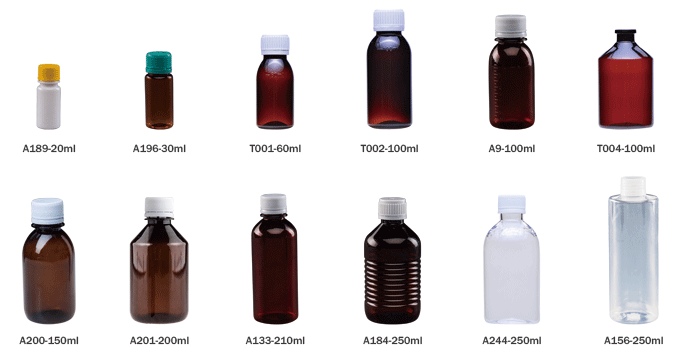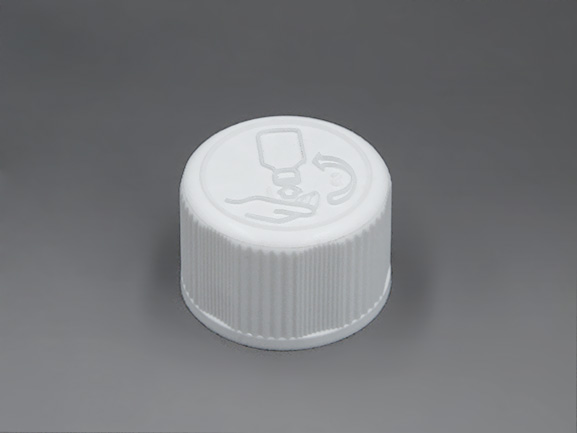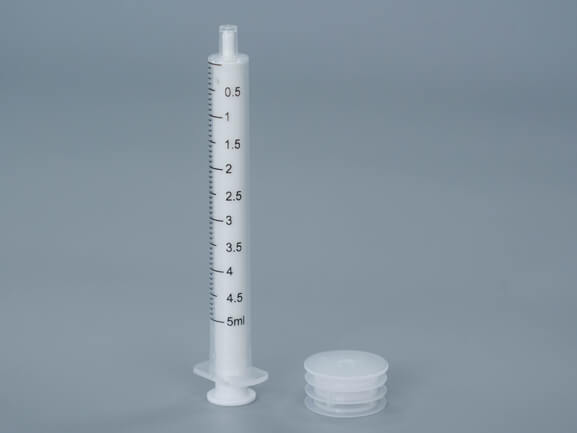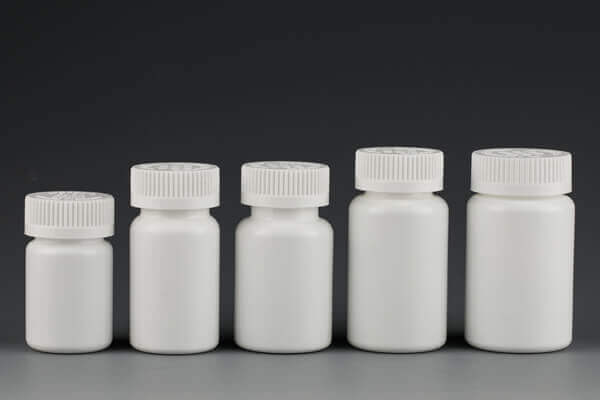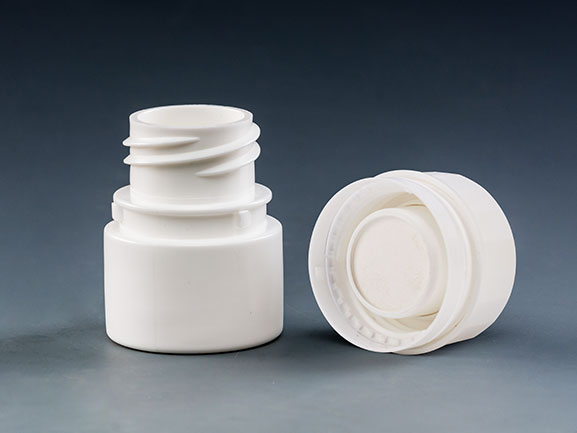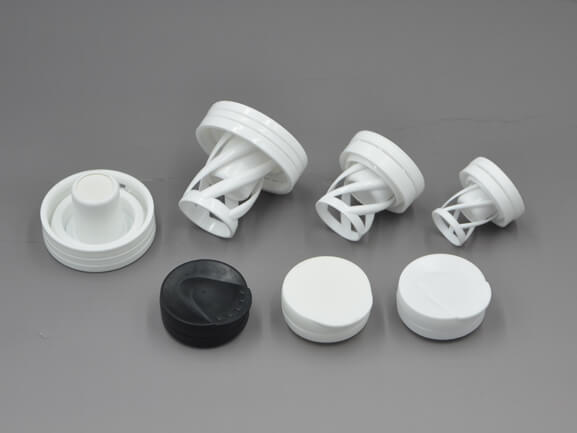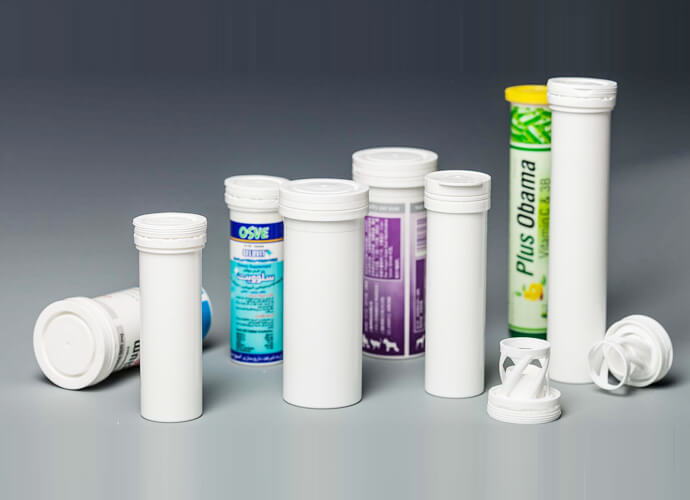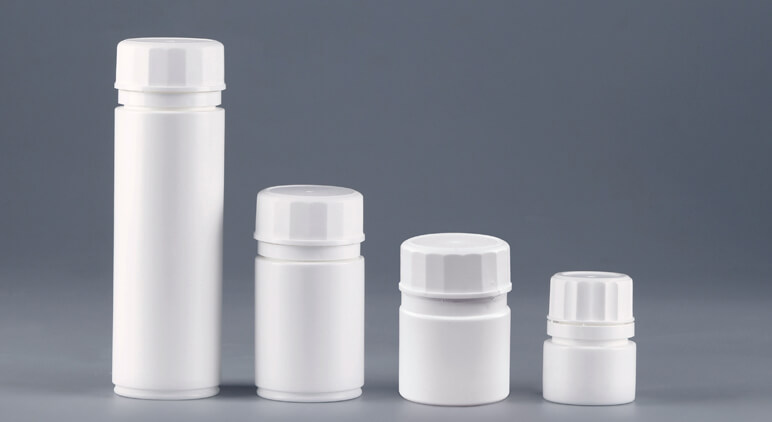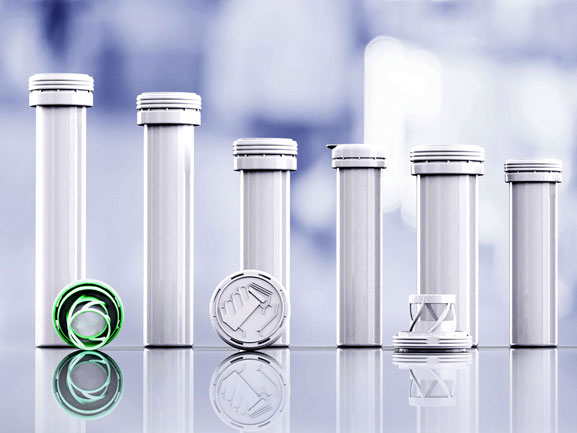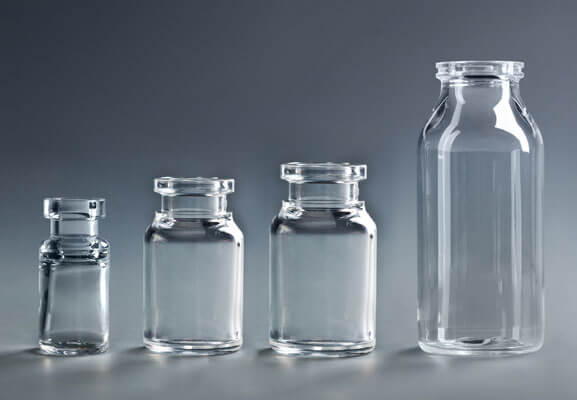When it comes to packaging food products, especially syrups, safety and convenience are paramount. One of the most effective solutions in ensuring both is the use of CRC (Child Resistant Closure) caps on syrup bottles. In this blog, we’ll explore what CRC caps are, their benefits, and why they are essential for syrup packaging.
1. What is a CRC Cap?
A CRC cap is a specialized closure designed to prevent children from easily opening containers that hold potentially harmful substances. These caps require a specific method of opening, which often involves pressing down and turning, making it difficult for young children to access the contents inside. This feature is particularly important for syrup bottles, which may contain ingredients that, while safe for adults, could pose a risk to children if ingested in large quantities.
28mm child resistant cap for liquid
2. Why Use CRC Caps for Syrup Bottles?
a. Child Safety: The primary purpose of CRC caps is to protect children. Syrups, especially those that are sweet and colorful, can be very appealing to kids. By using CRC caps, manufacturers can significantly reduce the risk of accidental ingestion.
b. Quality Assurance: CRC caps often come with tamper-evident features, ensuring that the product has not been opened or altered before it reaches the consumer. This adds an extra layer of trust for customers, knowing that they are purchasing a safe and intact product.
c. Convenience for Adults: While CRC caps are designed to be child-resistant, they are also user-friendly for adults. Most CRC caps can be opened with a simple press-and-turn motion, making them convenient for parents and caregivers.
d. Regulatory Compliance: Many countries have regulations in place that require child-resistant packaging for certain products, including food items. Using CRC caps helps manufacturers comply with these regulations, avoiding potential legal issues and ensuring consumer safety.
e. Brand Reputation: Companies that prioritize safety in their packaging can enhance their brand reputation. Consumers are more likely to trust and choose brands that demonstrate a commitment to protecting their families.
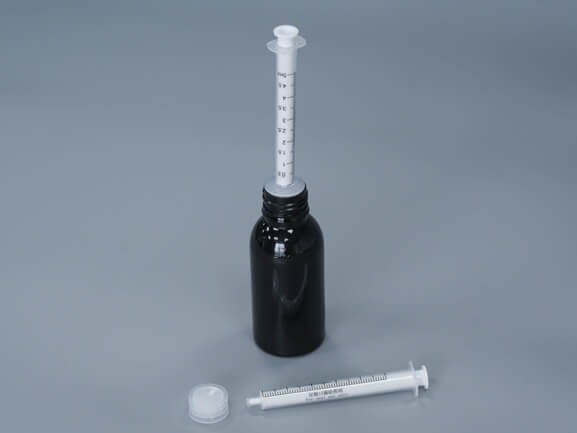
3. The Design and Functionality of CRC Caps
CRC caps are designed with a unique mechanism that requires a specific action to open. This can include pressing down while turning or squeezing the sides of the cap. The design not only deters children but also ensures that the cap remains securely closed during transportation and storage.
Additionally, CRC caps are available in various materials and colors, allowing manufacturers to maintain their branding while ensuring safety. This versatility makes them an ideal choice for syrup bottles, which often come in vibrant packaging to attract consumers.
4. Conclusion
In conclusion, the use of CRC caps on syrup bottles is a vital aspect of food safety and consumer protection. By incorporating these child-resistant closures, manufacturers can ensure that their products are safe for families while also complying with regulations and enhancing their brand reputation. As consumers, it’s essential to look for products with CRC caps, especially when it comes to items that may be appealing to children. So next time you reach for that delicious syrup, take a moment to appreciate the thoughtful design that keeps it safe!
